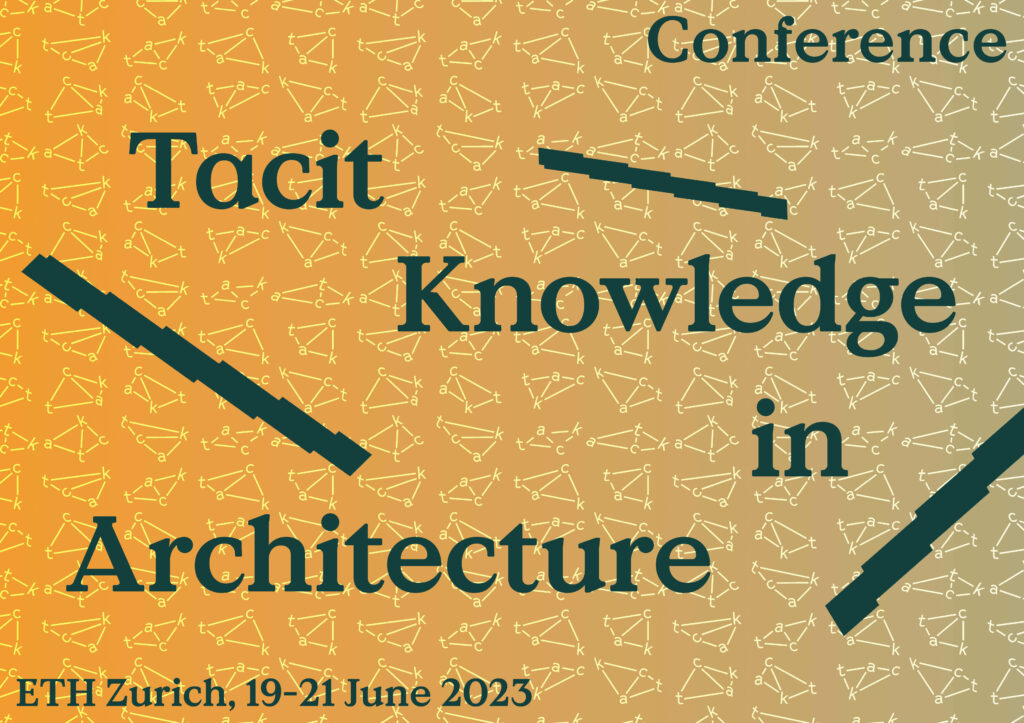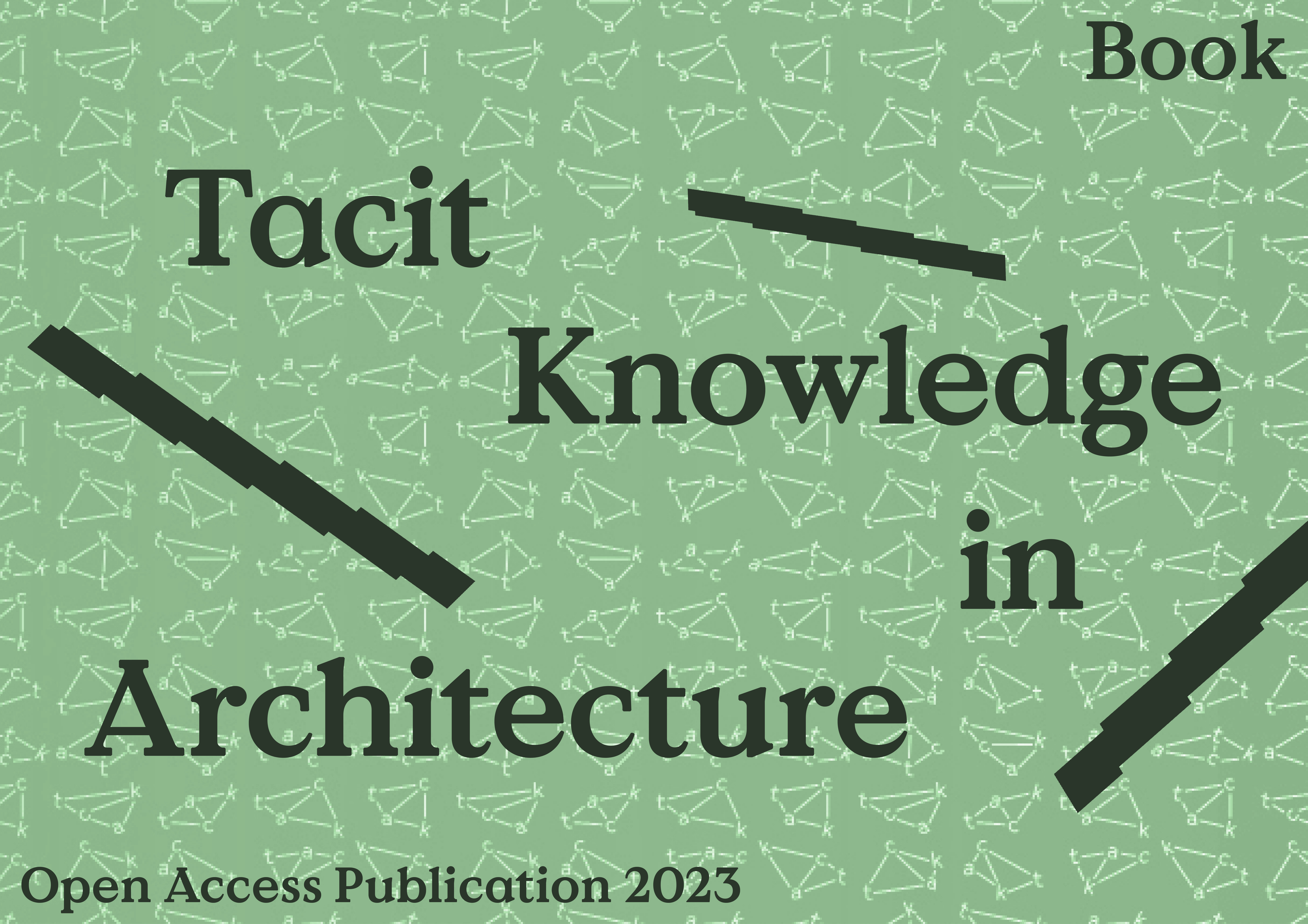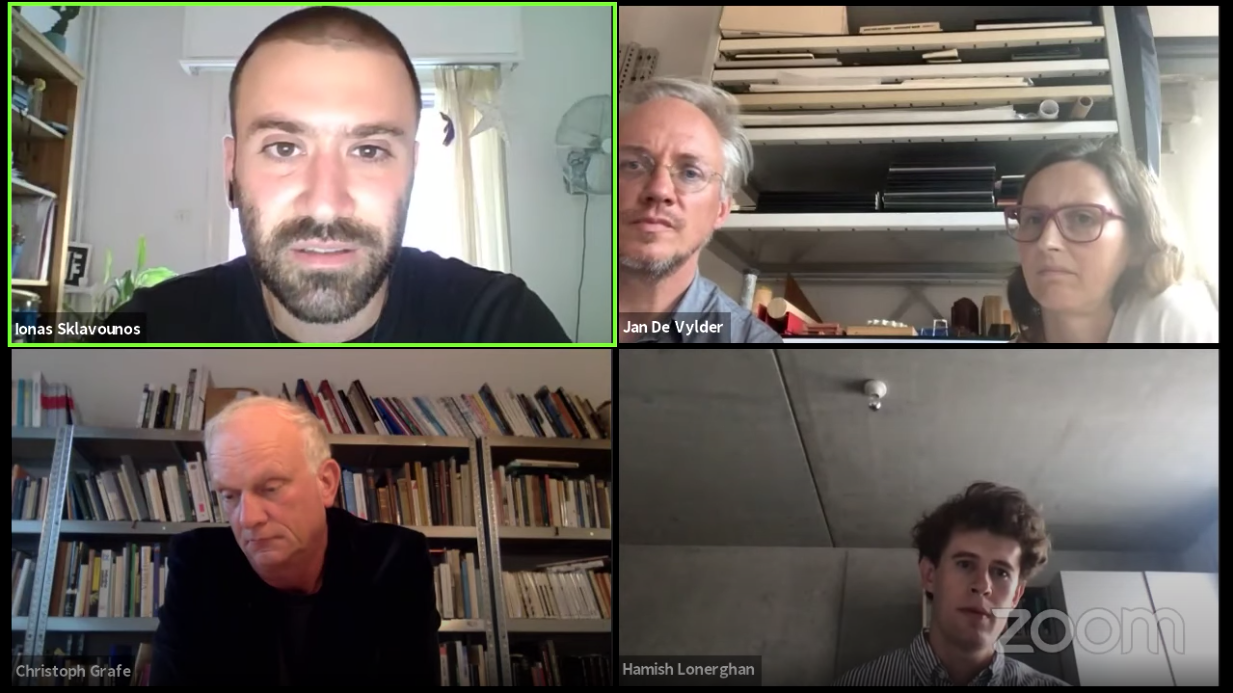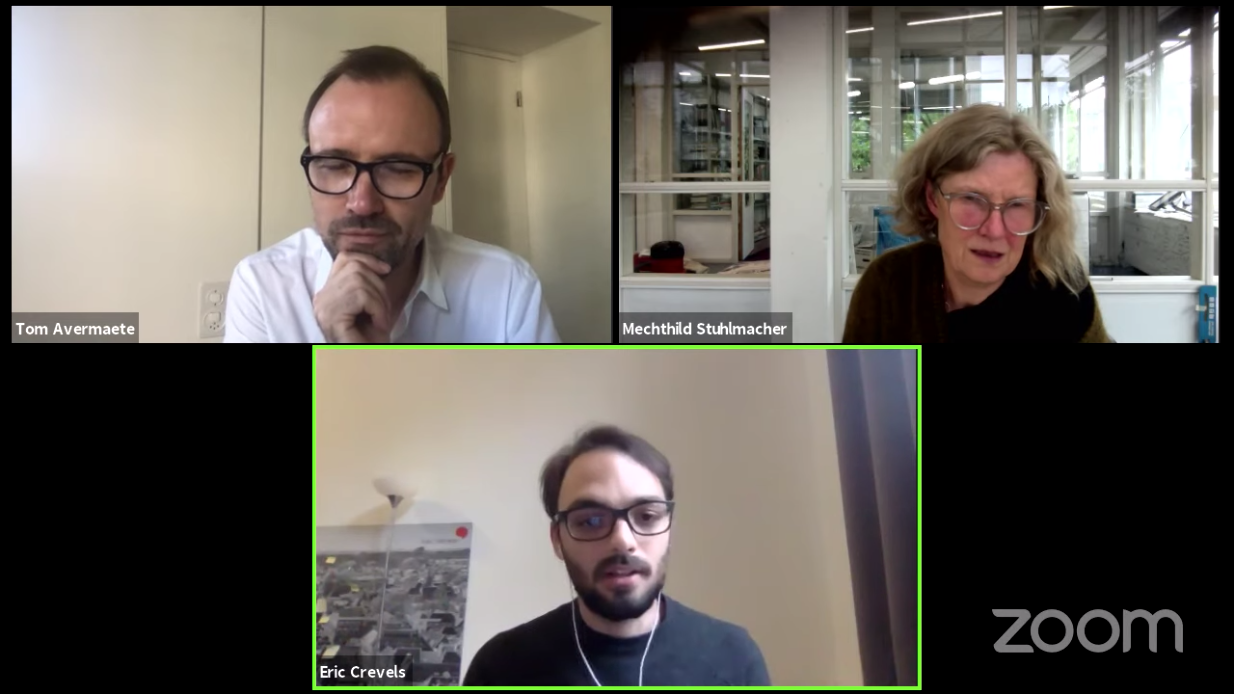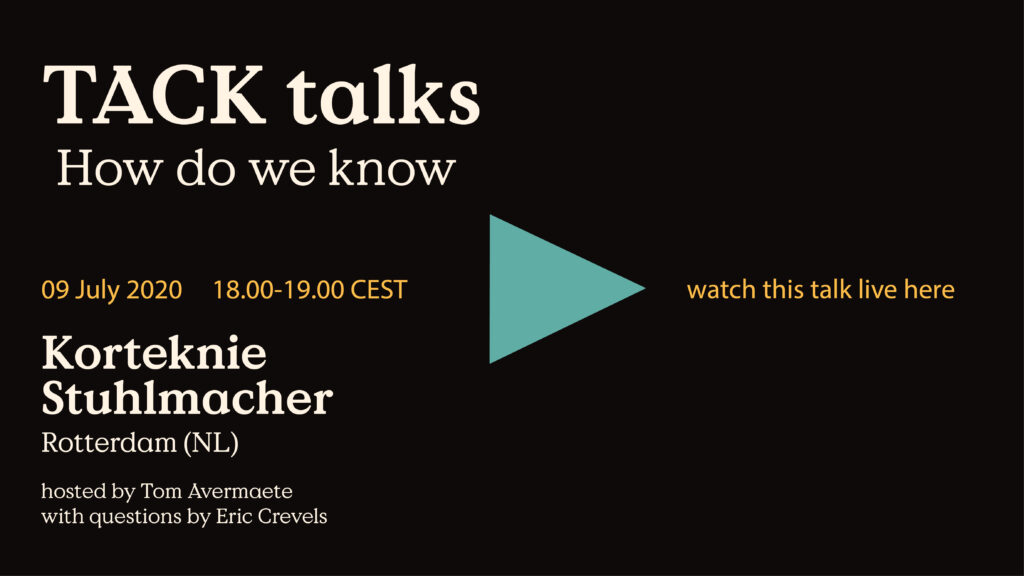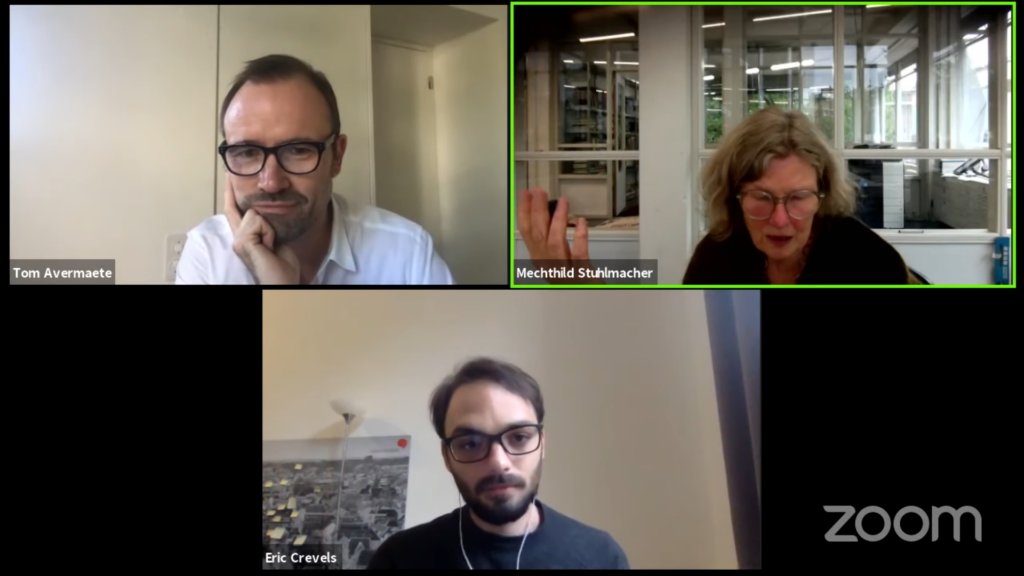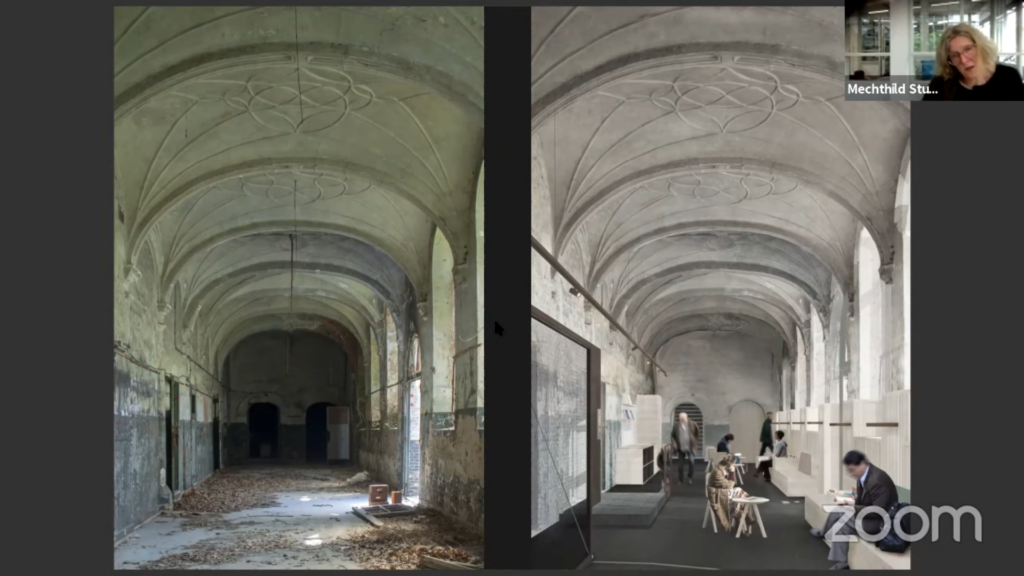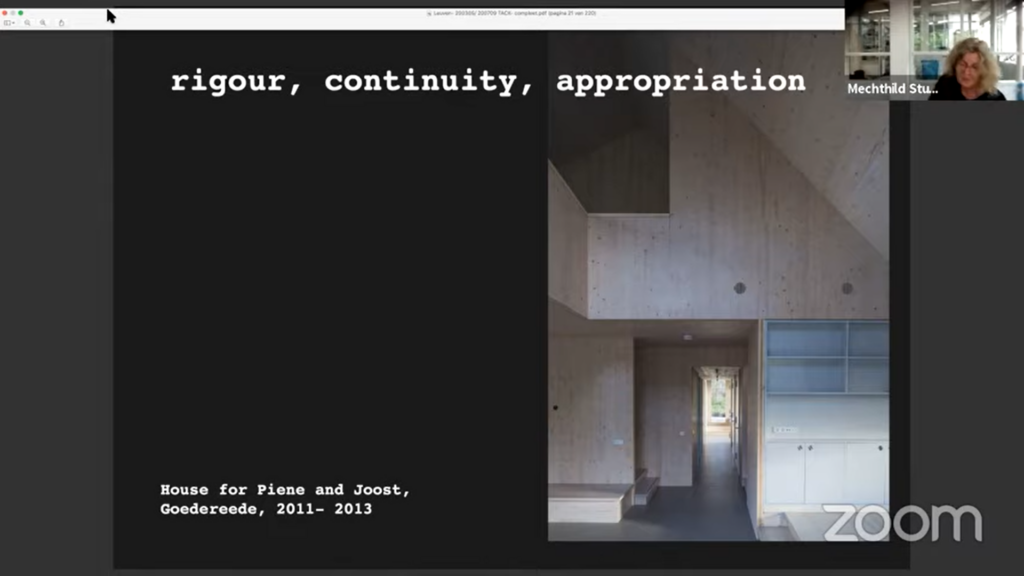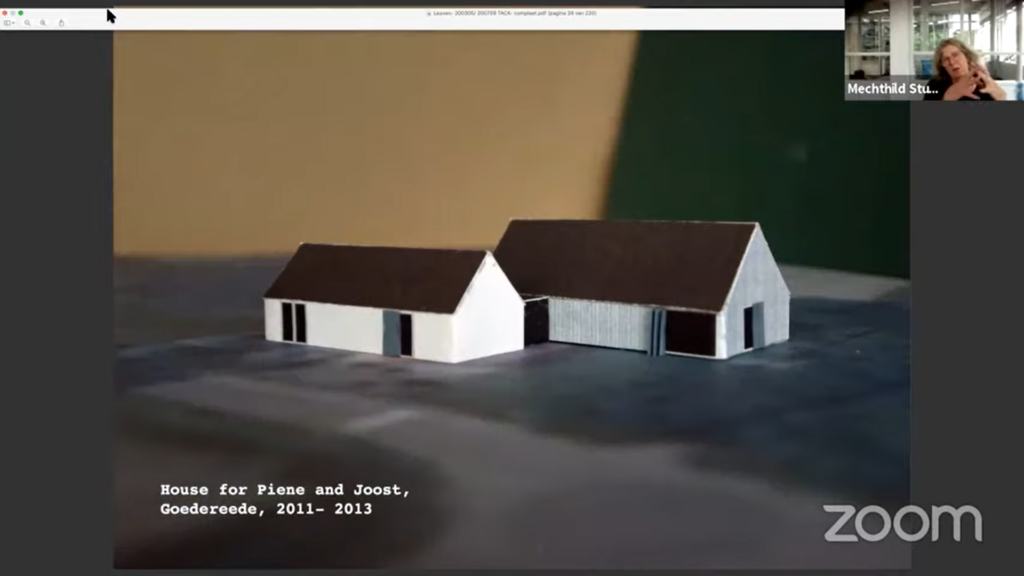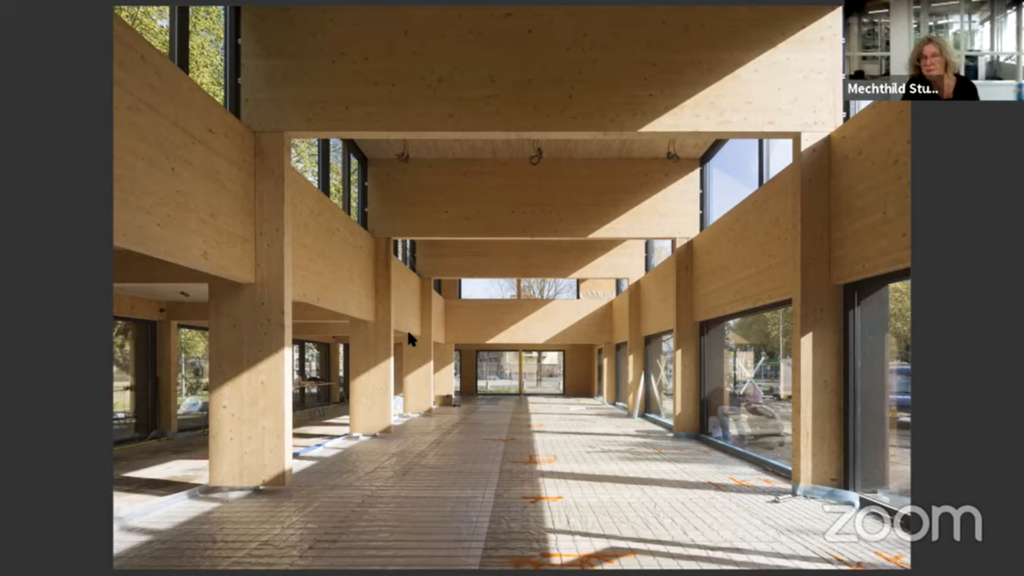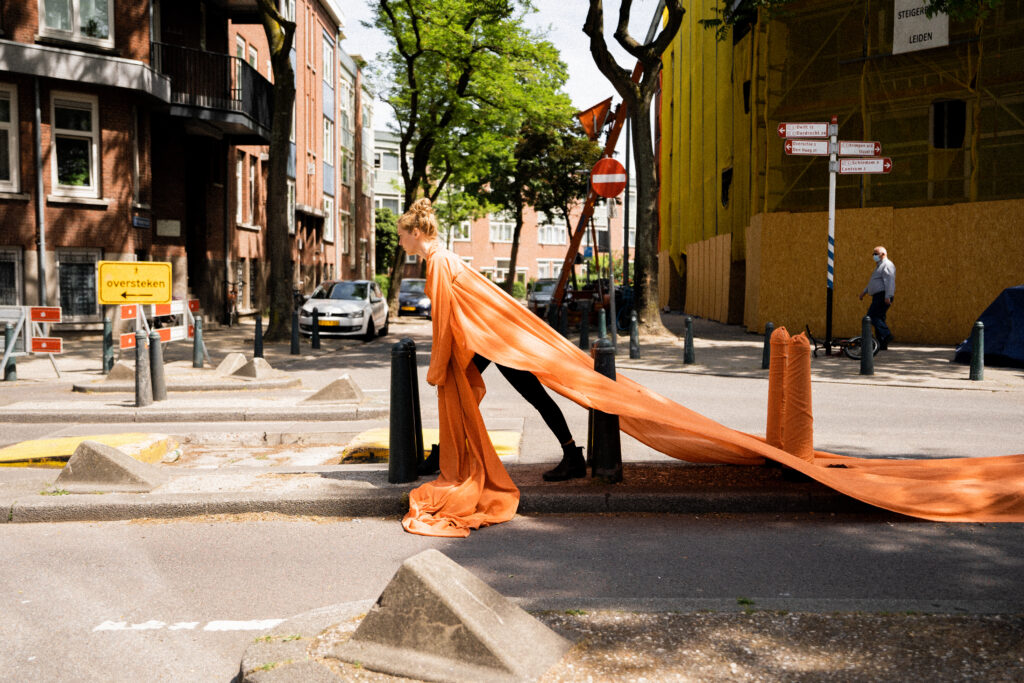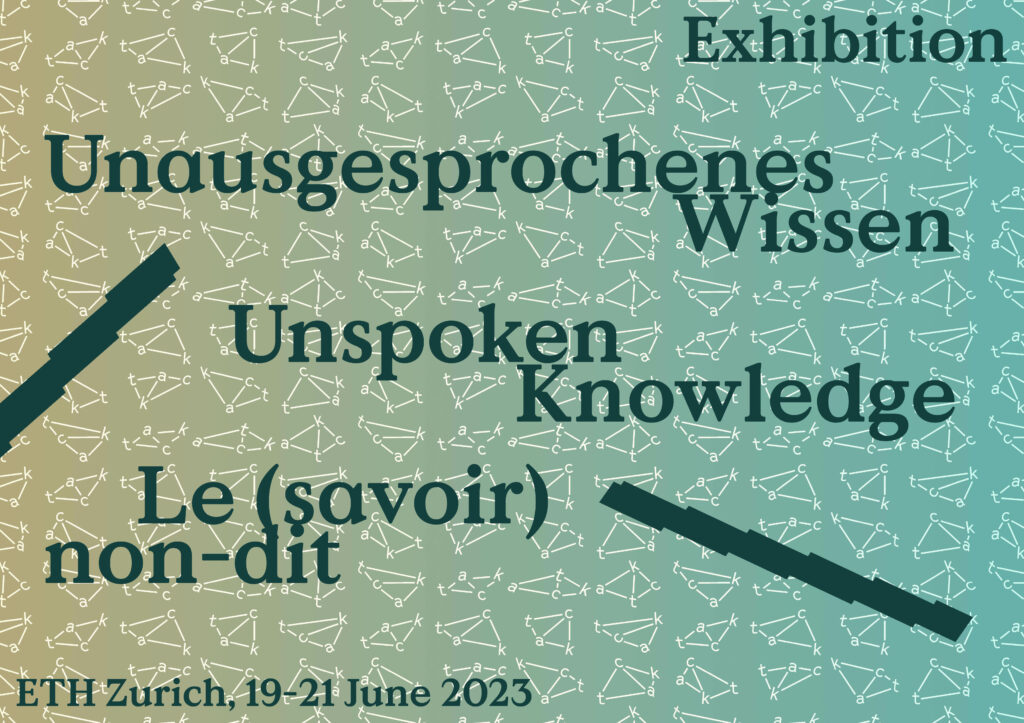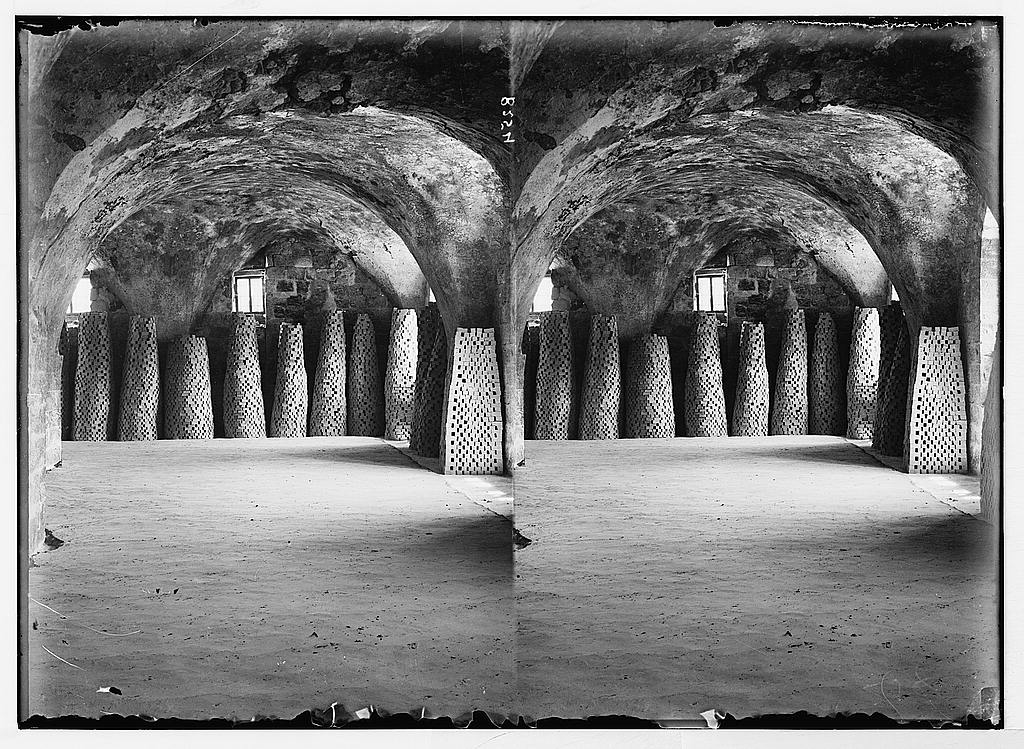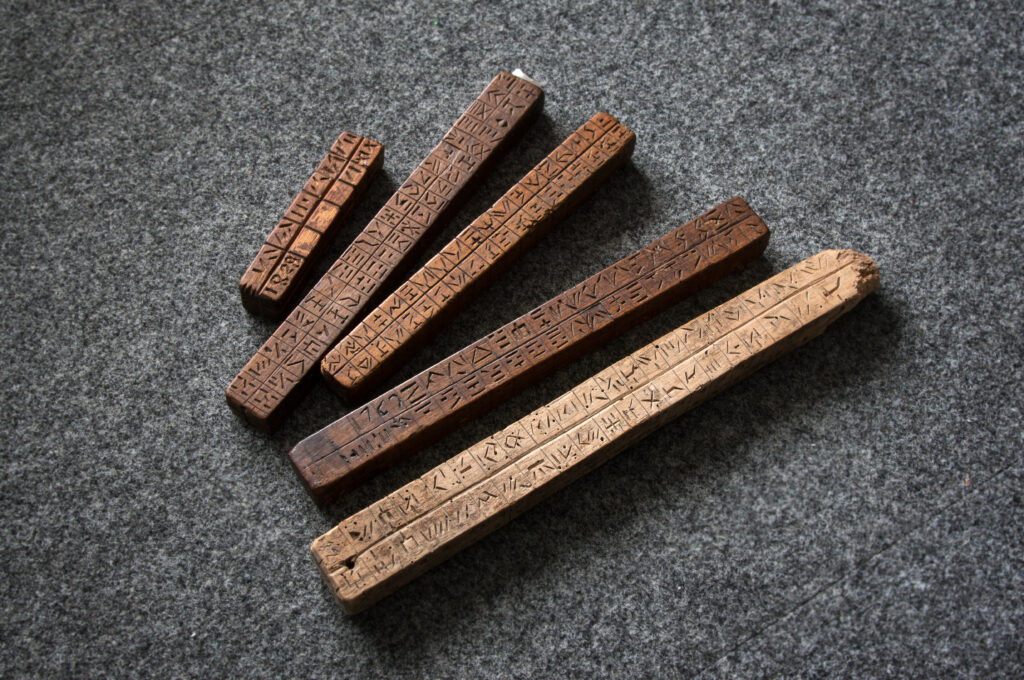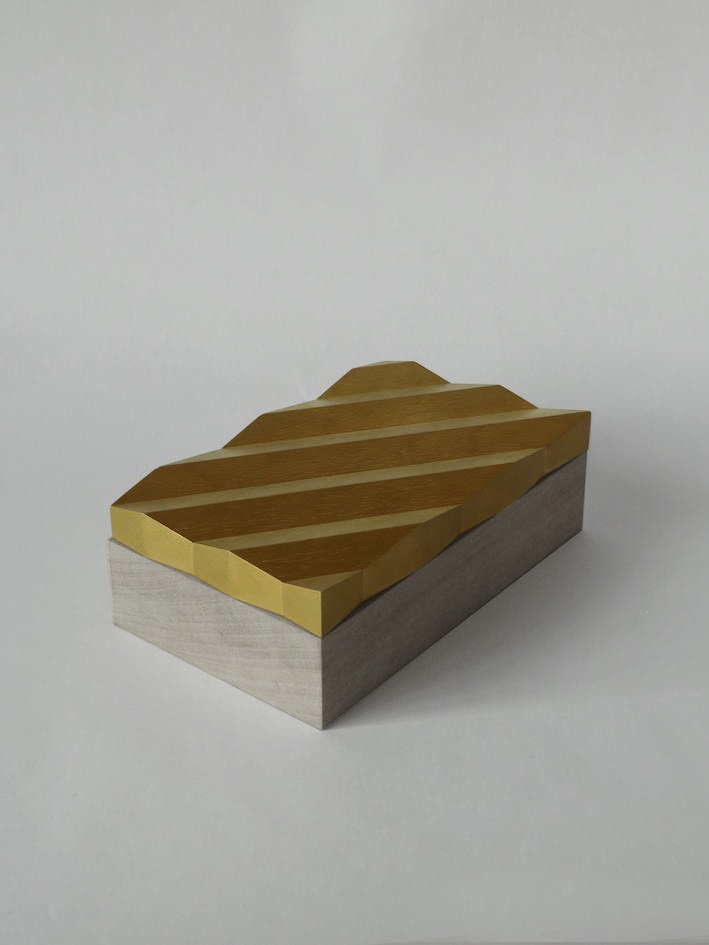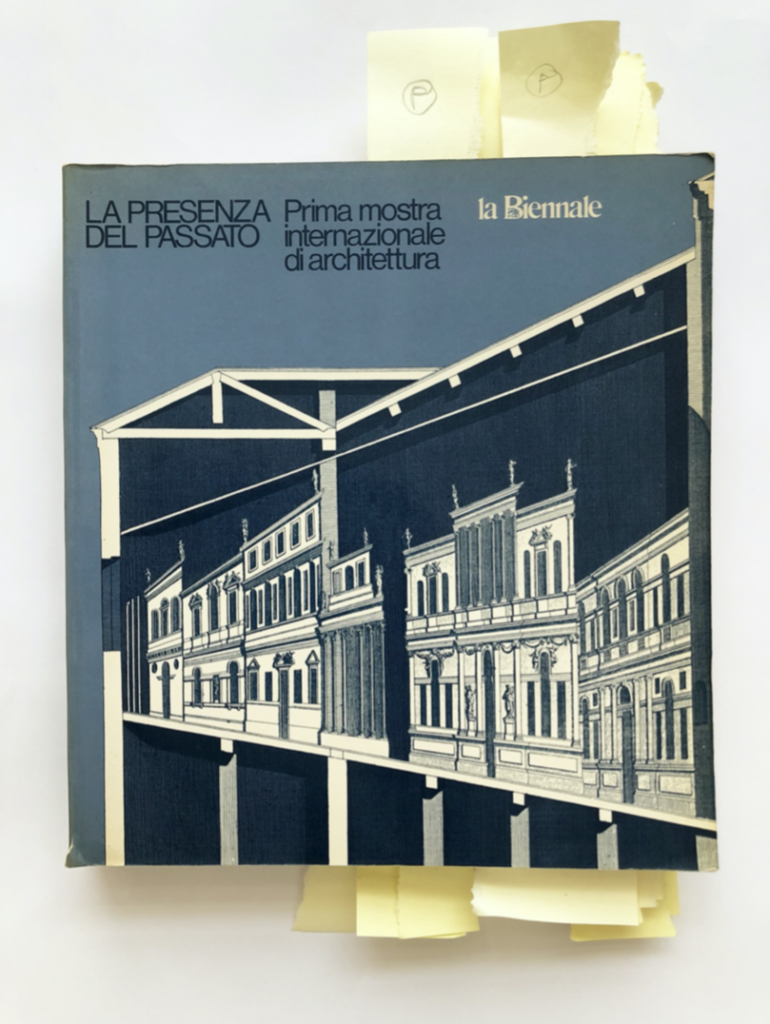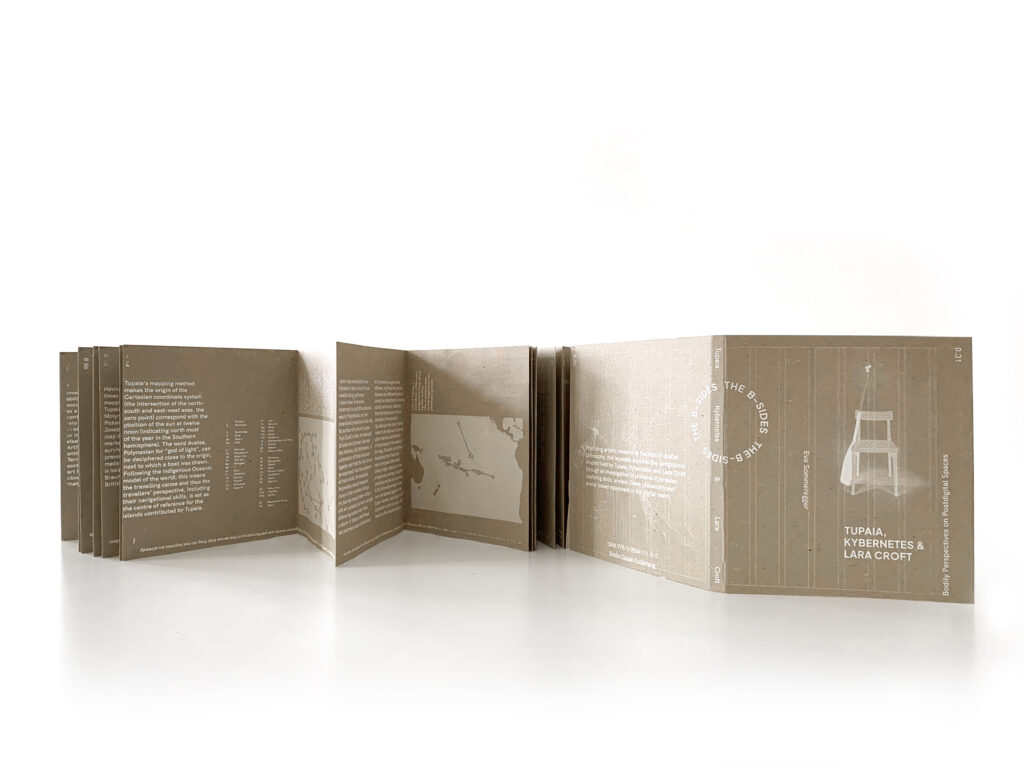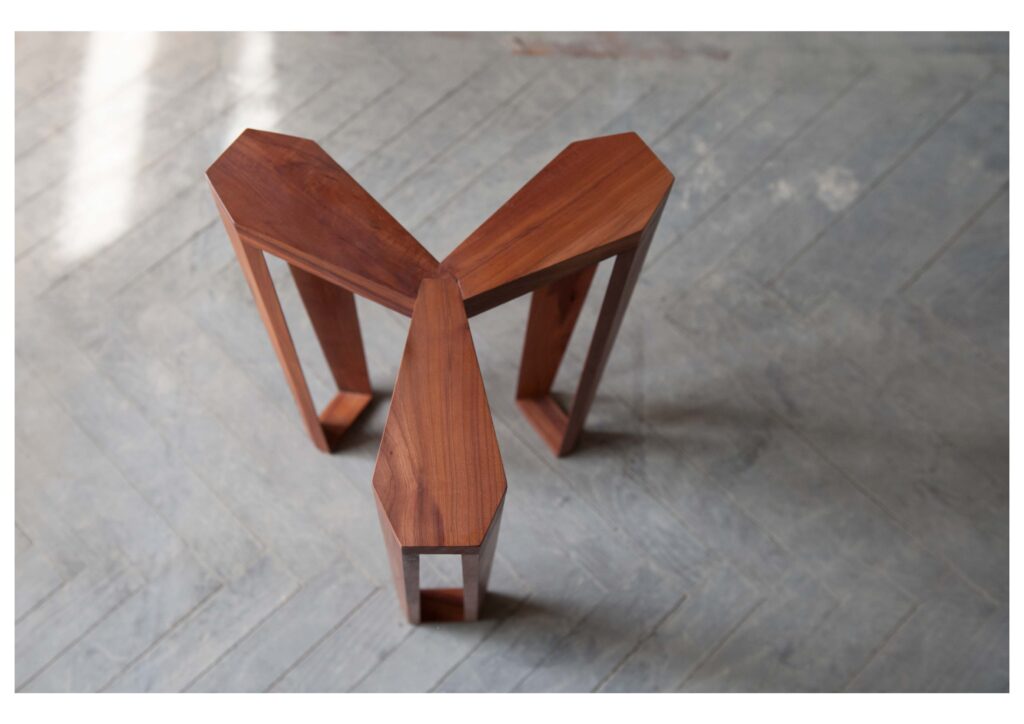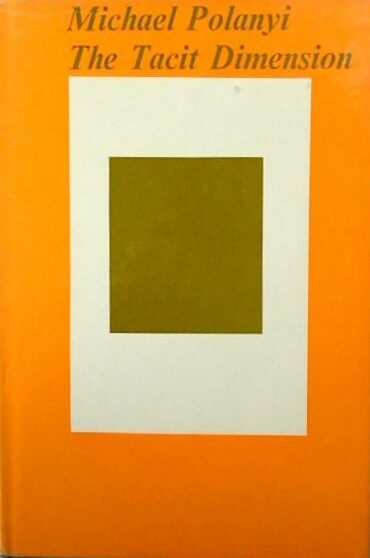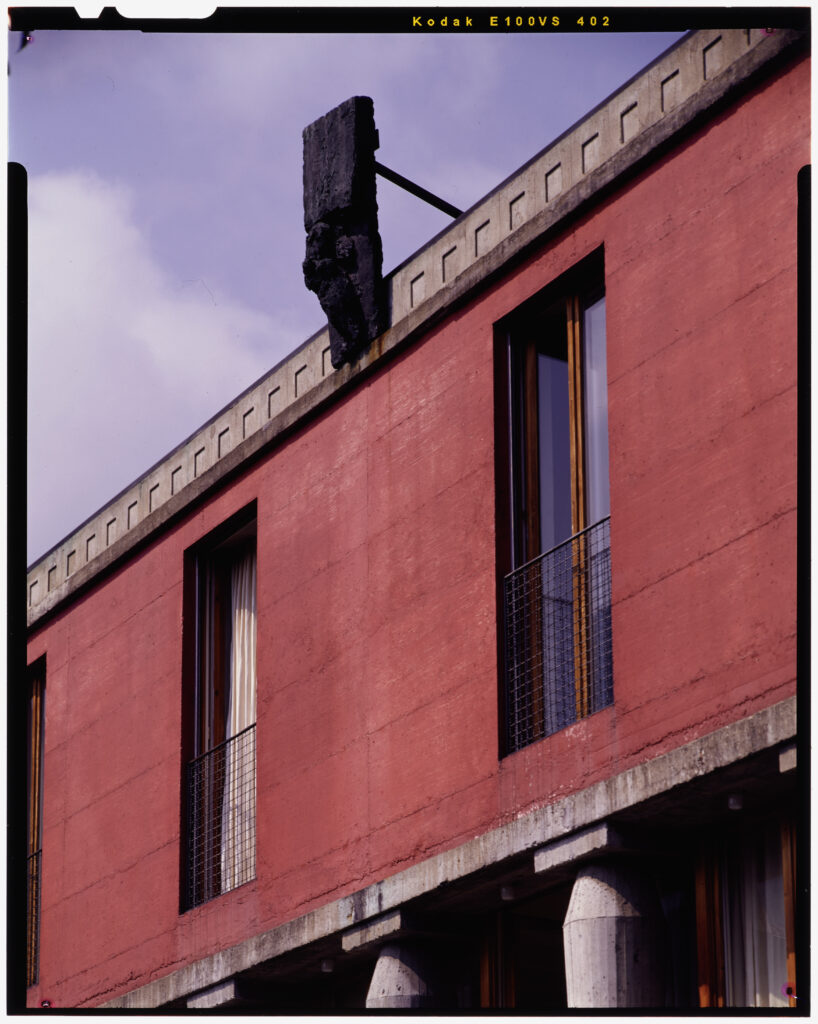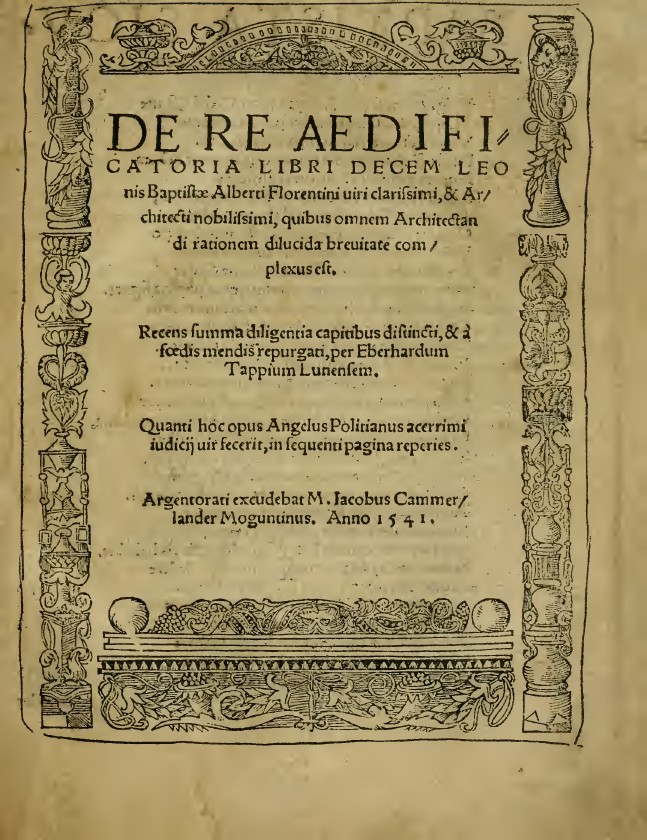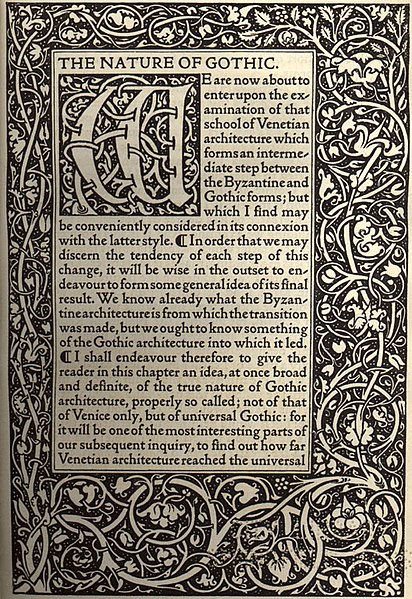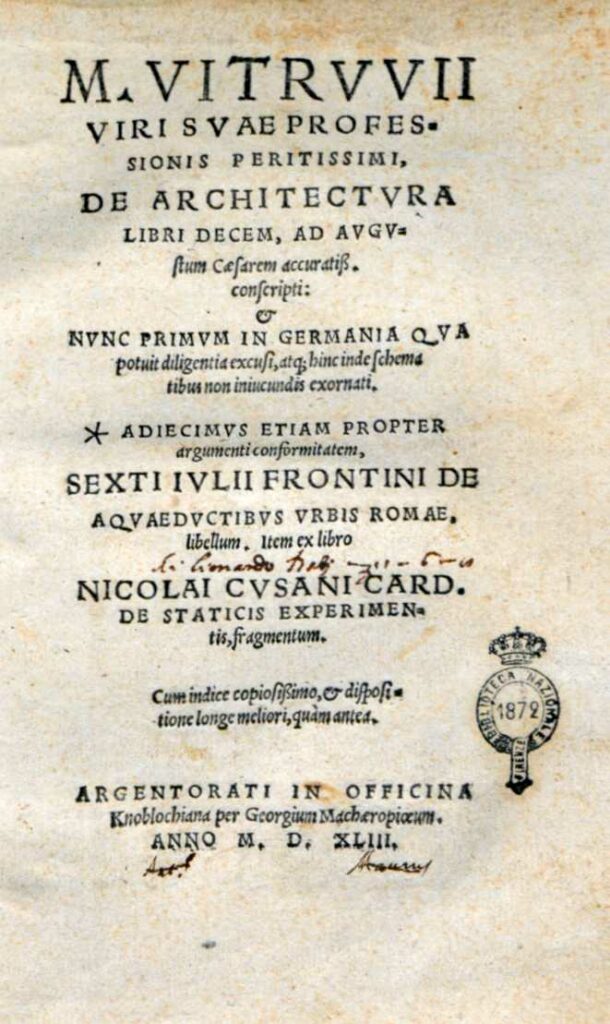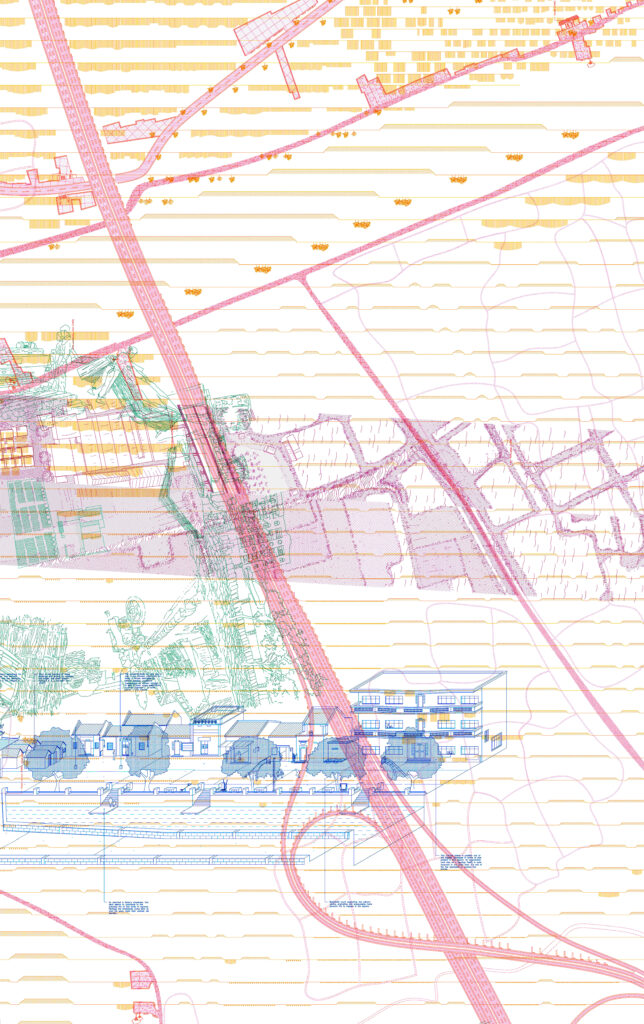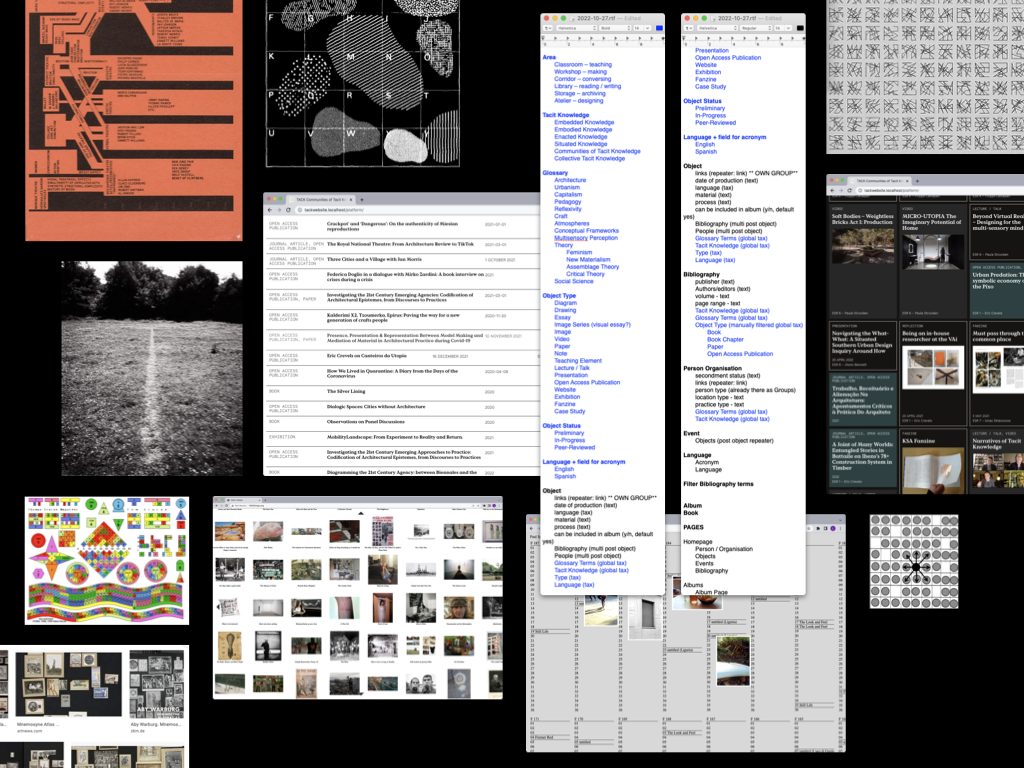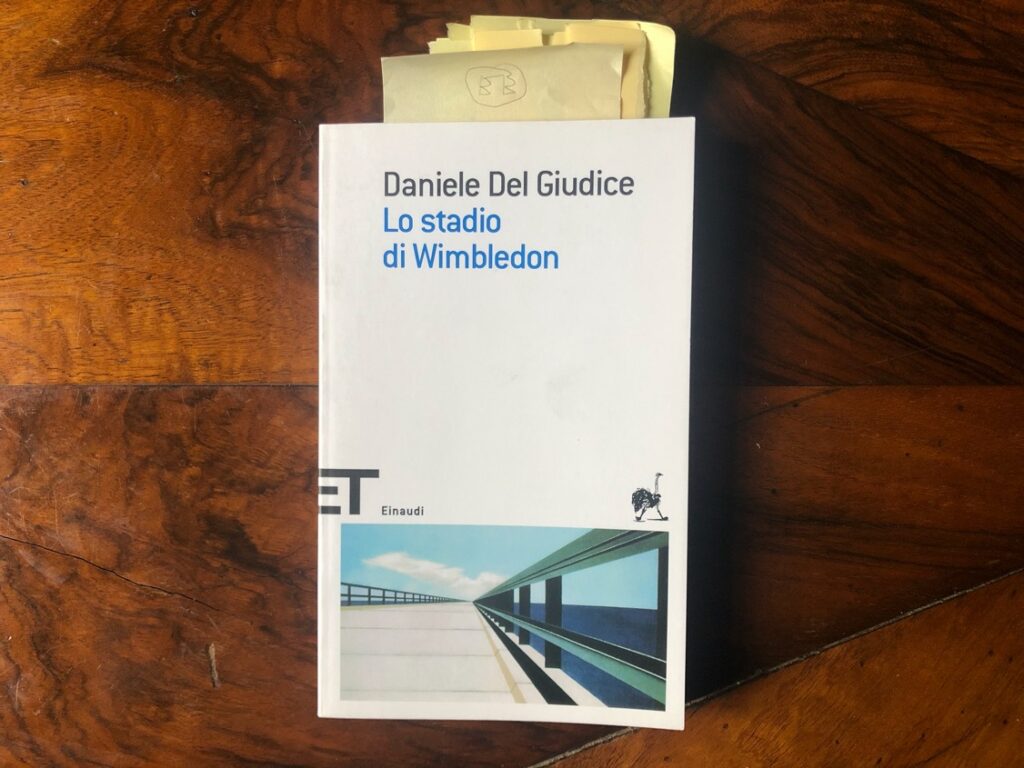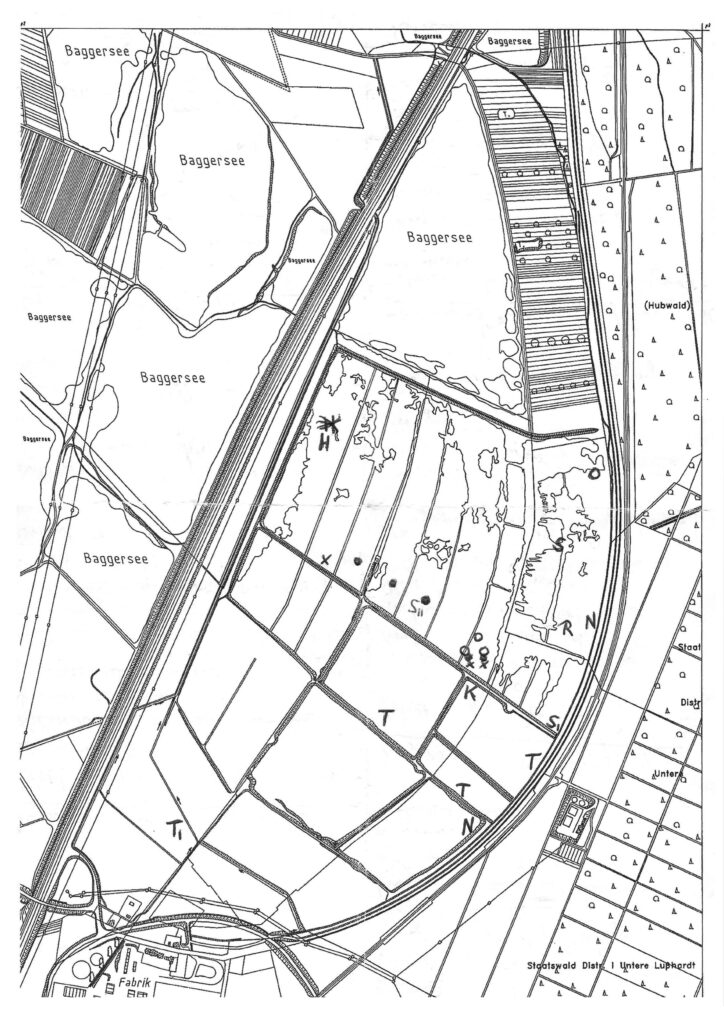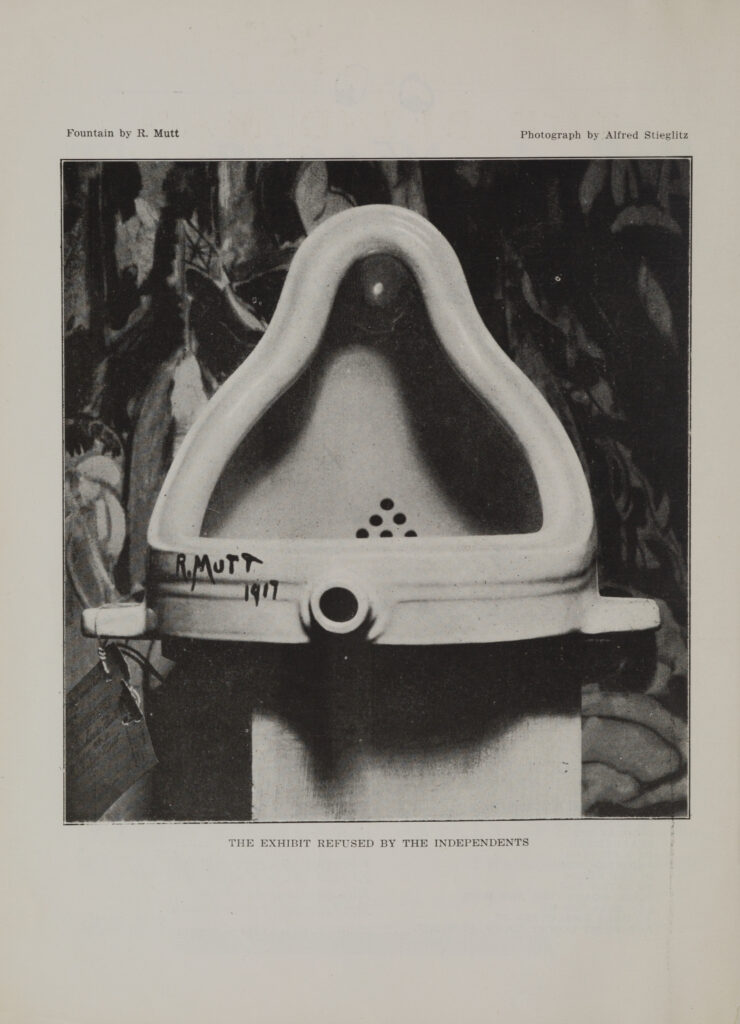Stoà n°6 Viaggi: Greetings from the Bruine Banaan. Christian Kieckens’ Journeys and the Construction of European Disciplinary Culture
Fig. 1-5. Marc Dubois, Postcards sent to Christian Kieckens, 1992-2013. © Flanders Architecture Institute – collection Flemish Community, archive of Christian Kieckens.
Filippo Cattapan
Stoà n°6 Viaggi: Greetings from the Bruine Banaan. Christian Kieckens’ Journeys and the Construction of European Disciplinary Culture
Filippo Cattapan
Fig. 1-5. Marc Dubois, Postcards sent to Christian Kieckens, 1992-2013. © Flanders Architecture Institute – collection Flemish Community, archive of Christian Kieckens.
Fig. 1-5. Marc Dubois, Postcards sent to Christian Kieckens, 1992-2013. © Flanders Architecture Institute – collection Flemish Community, archive of Christian Kieckens.
Fig. 1-5. Marc Dubois, Postcards sent to Christian Kieckens, 1992-2013. © Flanders Architecture Institute – collection Flemish Community, archive of Christian Kieckens.
Fig. 1-5. Marc Dubois, Postcards sent to Christian Kieckens, 1992-2013. © Flanders Architecture Institute – collection Flemish Community, archive of Christian Kieckens.
Fig. 1-5. Marc Dubois, Postcards sent to Christian Kieckens, 1992-2013. © Flanders Architecture Institute – collection Flemish Community, archive of Christian Kieckens.
Fig. 1-5. Marc Dubois, Postcards sent to Christian Kieckens, 1992-2013. © Flanders Architecture Institute – collection Flemish Community, archive of Christian Kieckens.


